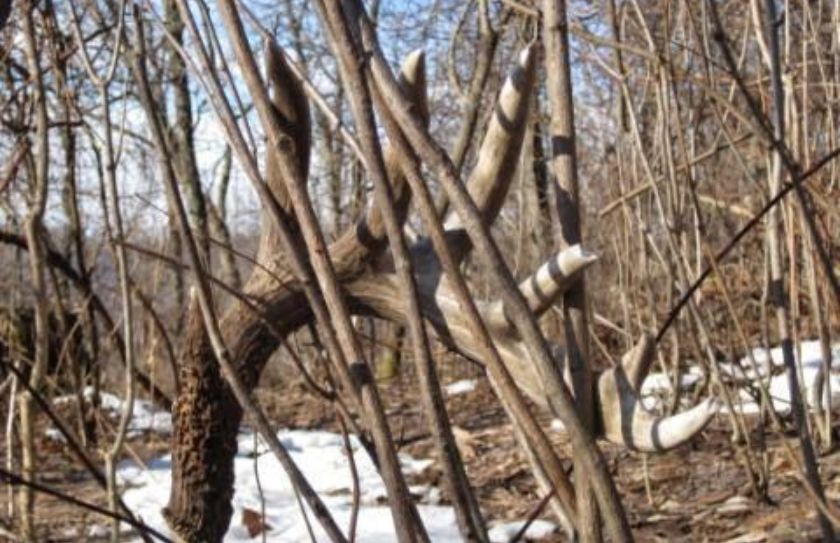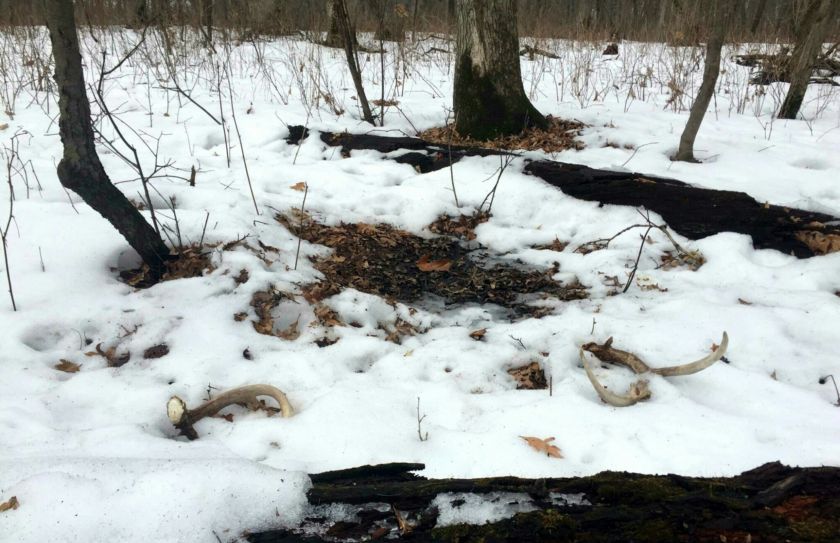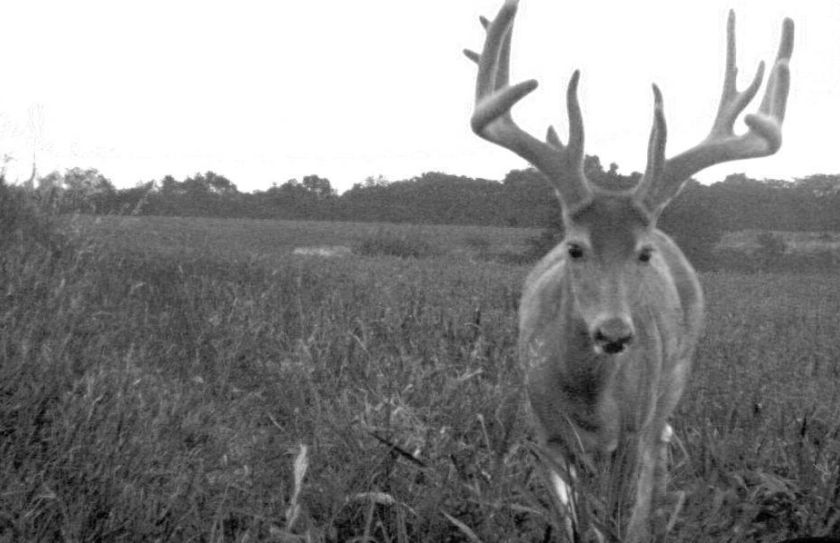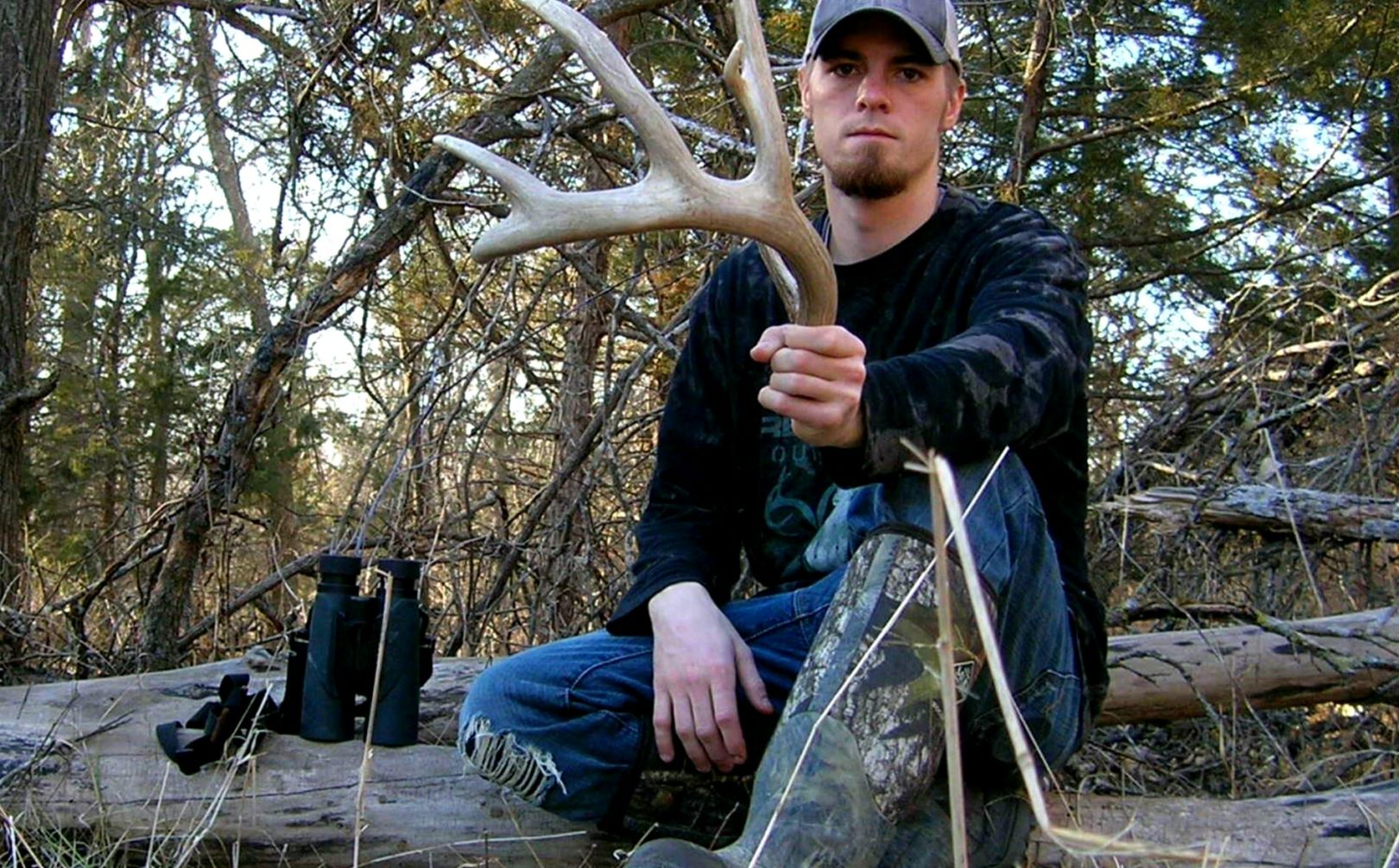
Did you come here for a valuable shed hunting tip? That tip will come in a bit. However, in the meantime, who doesn't like finding an outstanding shed antler? Hunting for sheds is an outstanding activity that often fills the gap between the end of deer season, and the beginning of turkey season. Whether it is the exercise, the passion for finding over 80 inches of bone or to discover bucks that have beat the odds to survive yet another hunting season, hunting sheds can in the end, be very rewarding. In the above picture, Brennen Nading from The Breaking Point TV, is holding one of his dozens of giant antlers that he finds each season. Brennen spends a great deal of time scouring the habitat for sheds, no matter if he eventually hunts in those locations, or not. To say that Brennen has a passion for shed hunting would be slightly inaccurate, instead, "obsessed", is more like it. Something that I know about Brennen, is that when shed hunting season rolls around, Brennen is either in the woods hunting, or somewhere else wishing he was. One of the reasons Brennen hunts for sheds is that he loves doing so; can you relate? However, regardless if you are at the level of obsession like Brennen, or more of a casual hiker who happens to stumble into an occasional antler, perhaps the greatest shed hunting tip most likely can still apply to you: No sheds, no problem.
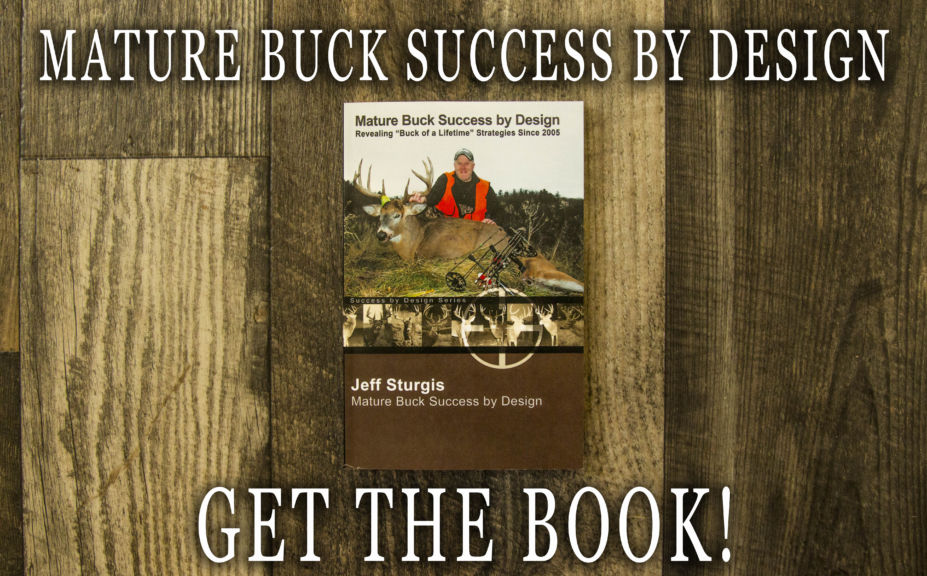
*This critical shed hunting tip, as well as most any other whitetail related strategy, is covered in my recently completely trilogy of Advanced Whitetail Strategy books, including the recently published"Mature Buck Success by Design", which details how to scout, prepare, forecast for and consistently kill mature bucks.
Are you lacking sheds?
Some of the best hunting lands, produce very few sheds and sometimes none at all. My old WI lease is a great example. During the 12 years that my lease partners and I hunted the land, we found 3 sheds. We were even highly discouraged in the early years! However, in hindsight, we had nothing to worry about. By the end of the 12 seasons, we had killed a roughly 35 bucks, including a large % of some of the oldest and largest bucks in the area. We found that a very important mature buck activity took place every single season: The mature bucks moved, and they moved a lot! This was also true for where they chose to spend their Summer and Fall. In fact, we learned that much of the preferred Summer or Winter habitat chosen by the neighborhood's mature bucks, was not nearly as preferred during the Fall. This is especially true in Northern climates where the entire deer herd can often migrate 10 miles or more to relocated to Winter deer yards of heavy conifer swamps, but on a much smaller scale the same can be said for just about anywhere a whitetail roams. Are you lacking sheds on the land that you hunt? If so, don't worry too much, because a case could be made that there is a higher % of great hunting lands that are poor shed hunting habitats, than the other way around.
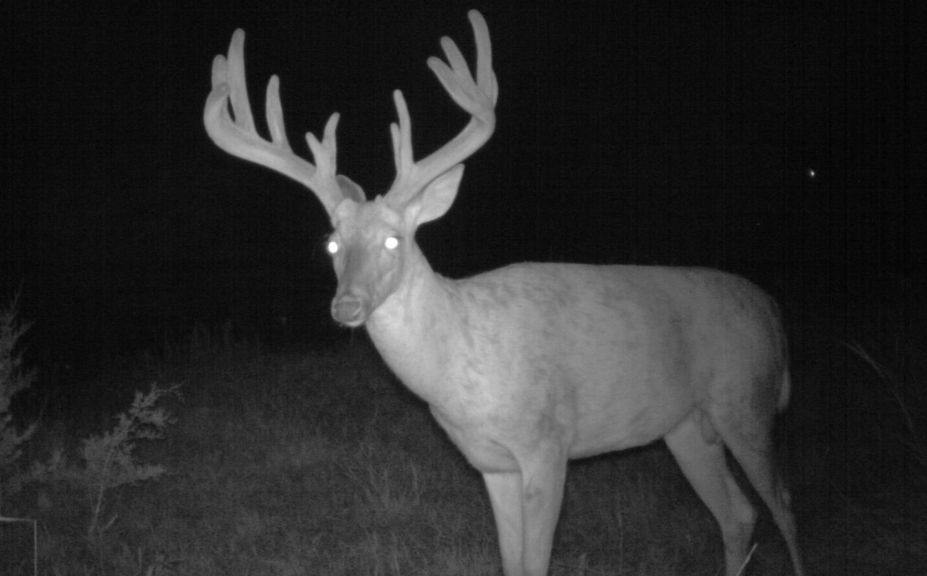
*Just like Winter bucks, Summer monsters are often "here today, gone tomorrow", as they experience their annual shift of whitetail movement. Summer bucks on your land, is more of an indation that the hunting season may be poor, then great! To read more about the annual shift of monster bucks, check out, "The Shift of Whitetail Habitat"
Greatest Shed Hunting Tip:
There are many reasons to shed hunt. Personally, due to my client season schedule, I spend a lot more time scouting mature bucks during the Summer months, than hiking for sheds during the Winter. However, I have still managed to find sheds in 7 states in one season, purely by walking my client parcels. I too, love to find any shed, let alone a true monster! Just make sure to take the time to be open to the annual shifts of whitetail habitat, in particular when it comes to mature buck behavior. Whether you are scouting during the Summer, or shed hunting during the Winter, by learning where and why bucks choose to call their home in one location versus another, you will be one step closer to both hunting and managing a mature buck herd during the Fall. But don't be suprised, you may find that the local mature bucks in the neighborhood, choose to have completely different homes from one season to the next! The next time you find a shed, ask why is it in this location, and if it is possible that it will not be anywhere close during the Fall.
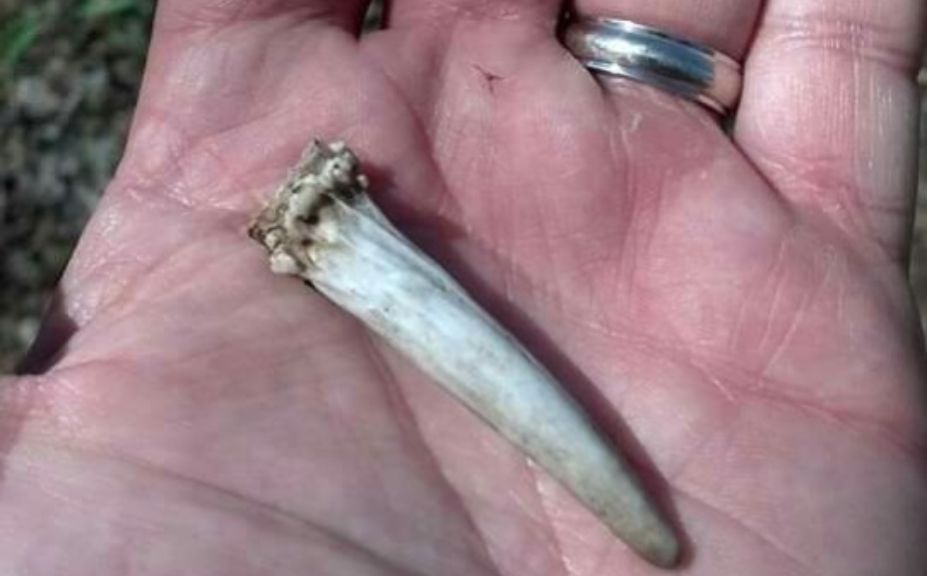
*If you are really good, you may even be able to locate the shed-equivalent of a needle in a haystack! For more shed hunting tips, check out, "Whitetail Shed Hunting Habitat Clues".
Conclusion
I do not feel that this article would be complete withou revealing 3 important details, that I have experienced when it comes to mature buck shift behavior:
1. Summer Habitat:
High over-story, shaded hardwood cover, adjacent to high quality warm season food sources of hay, beans and various greens.
2. Fall Habitat:
High stem count cover habitats of hardwood regen, grasses, briars, and shrubs, often mixed with lite conifers growth, 100-300 yards from high quality Cool season forages of small cereal grains, brassicas, corn and beans.
3. Winter Habitat:
High stem count cover habitats of hardwood regen, grasses, briars and shrubs, often mixed with heavy conifer growth, adjacent to scattered remaining food sources of corn, beans and heavy timber timber cutting activity, or natural regen.
Although great shed hunting locations may or may not be great places to hang a tree stand, great shed hunting habitats can fuel the passion to turn the winter blues, into glimers of enjoyment and hope! Each shed antler offers a clue into the complex world of mature buck habitat shifts, that may point in a direction a mile or more away from the actual location of the find, for where you can expect to kill that same buck next Fall.
